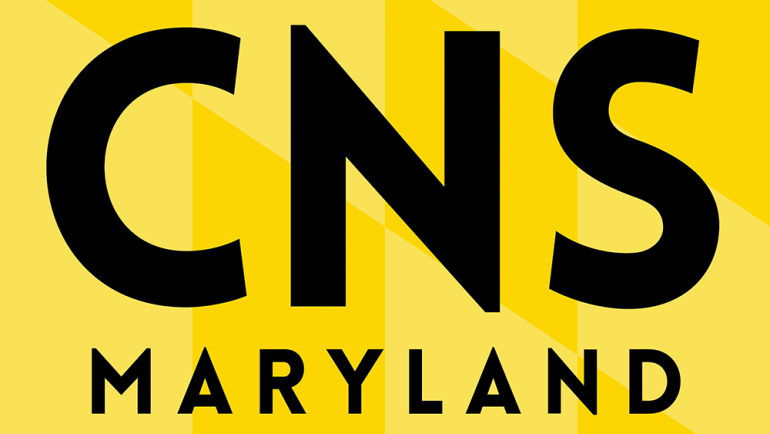WASHINGTON – Drug arrests in Maryland fell by more than 1,000 cases between 2001 and 2002, to 51,623 arrests, and would have fallen even further but for an aggressive campaign in Baltimore to target drug users.
Police and criminal justice experts said they could not explain the drop in arrests, which was reported in the 2002 Uniform Crime Report — or even say whether the drop is a good thing or a bad thing.
Shawn Bushway, a professor of criminal justice at the University of Maryland, College Park, said that while the public tends to read an increase in drug arrests as a sign of increased drug activity, that kind of spike can also be a sign of aggressive policing.
“It’s nearly impossible to know if it is due to one or the other,” said Bushway, who noted that drug activity is harder to pin down than some other crimes.
“When someone murders someone, you arrest them. When someone sells drugs you don’t necessarily arrest them,” Bushway said.
The statistics, released last month by the Maryland State Police, showed that drug arrests overall fell from 52,711 to 51,623, a 2.1 percent drop from 2001 to 2002.
The drop is even steeper — just under 7 percent — without Baltimore, which accounted for well over half of all drug arrests in the state. The city saw a 1.8 percent increase in drug arrests in the same period.
Baltimore City Police Department spokesman Matt Jablow attributed the increase to police sweeps targeting street-level drug users in 2002. He said the number of arrests will likely fall for 2003, when the department abandoned its focus on drug users and turned its attention to arresting drug dealers.
Some of the smaller counties in the state saw wild shifts in drug busts over the period. Caroline County’s numbers rose 17.6 percent, from 76 arrests in 2001 to 97 in 2002, while Queen Anne’s County saw arrests fall from 403 to 250, a 38 percent drop.
But it is difficult to tease conclusions from the statistics, a fact illustrated by the change in ranking between Montgomery and Prince George’s counties.
Police in both counties say Prince George’s has the larger drug problem. But Montgomery County recorded 2,269 drug arrests in 2002, slightly more than the 2,250 in Prince George’s.
Just a year earlier, Prince George’s County made 2,496 arrests compared to 2,272 in Montgomery County.
Prince George’s County Police Lt. Col. Jeff Cox said the sharp drop in arrests does not mean officers are going soft on drug crimes. Officers might have targeted large drug dealers instead of easier targets, Cox said, or funding for overtime patrols might have dried up. Or it might just be a coincidence.
“I can’t give you a clear-cut reason,” said Cox, who is deputy chief of patrol services for the county.
Sgt. Marcus Jones, who is in charge of drug investigations for Montgomery County Police, said the numbers by themselves do not mean much.
Arrests in Montgomery held steady from 2001 to 2002. But Jones gauges how well the department is fighting drug crime by comparing arrest numbers with citizen complaints.
“If complaints are down and numbers are down, it leads us to believe that drug usage is down. If your numbers are down but you get steady complaints, you’re not getting it done,” Jones said.
He also said the drug trade has gone through a transition in recent years, as buyers began contacting drug dealers by cell phone, causing open-air drug markets to shut down. It has been hard for police to respond to that change, Jones said: “It’s just more secret and it’s harder for us to infiltrate.”
But Robert Bonsib, an attorney who represents drug defendants in both Montgomery and Prince George’s counties, said that if officers in one county are more aggressive in their drug policing than officers in another, he has not noticed.
“You go into district court on drug day and they are very busy in both counties,” he said.
-30- CNS 02-13-04

